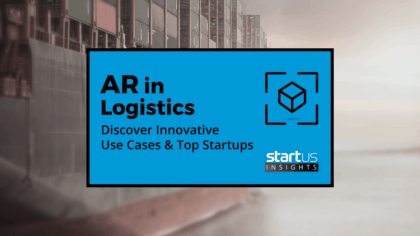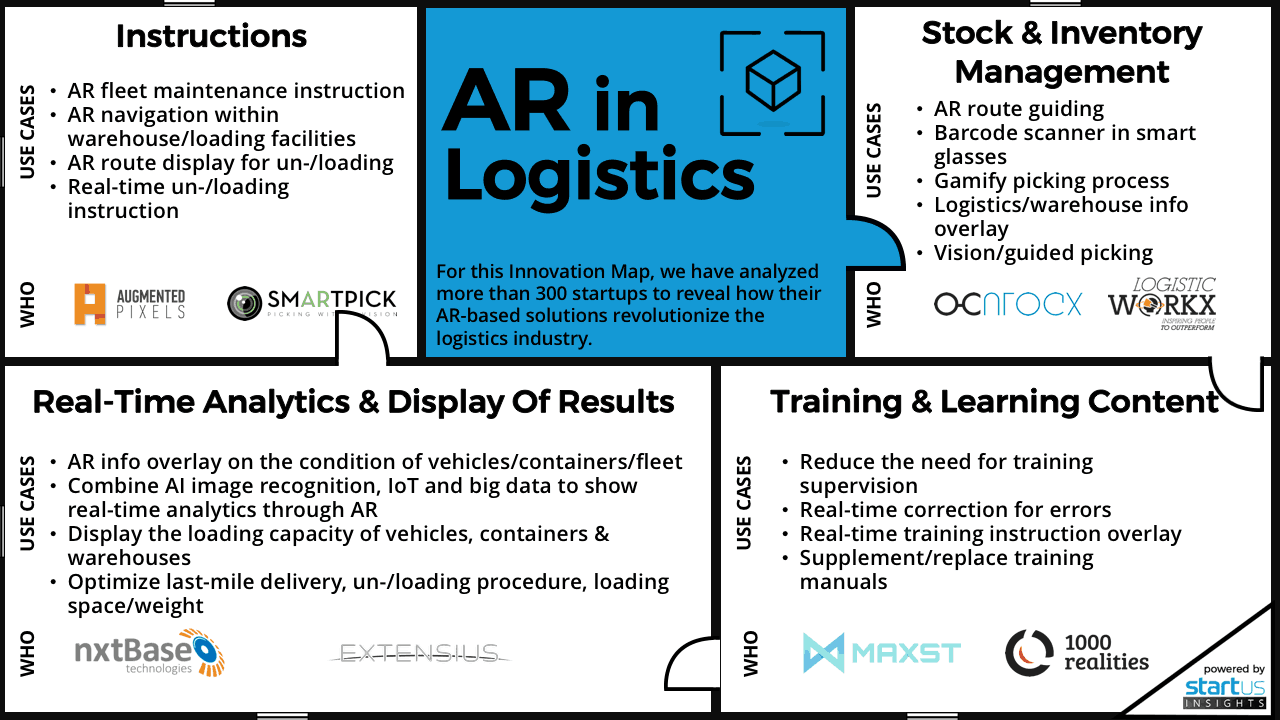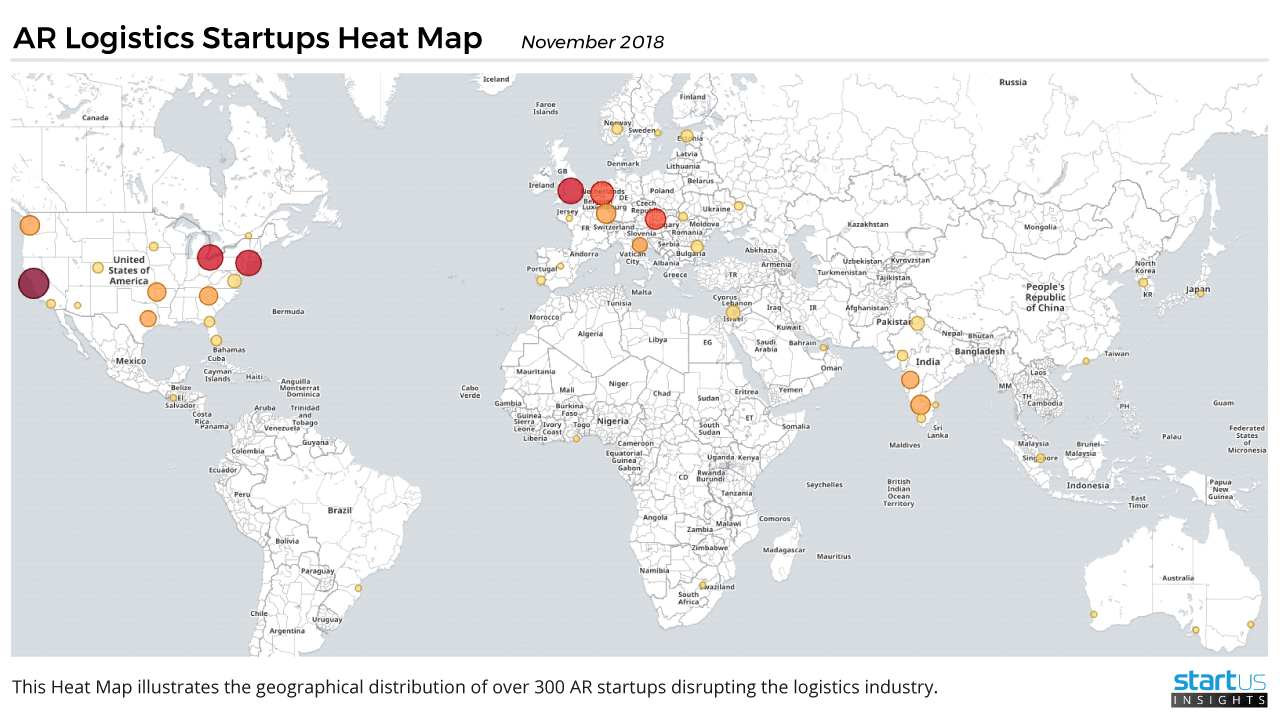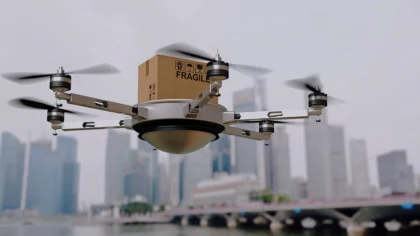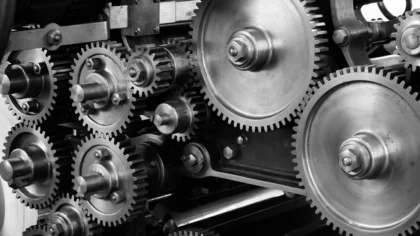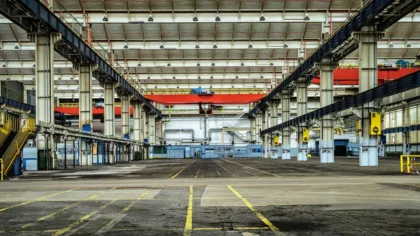Accelerate Productivity in 2025
Reignite Growth Despite the Global Slowdown
Key Takeaways
Augmented Reality (AR) in logistics goes a long way in augmenting various aspects of company operations. The following are some of the most innovative application areas of AR in this sector:
- Interactive augmented reality superimposes instructions onto the assembly line, guiding manufacturing workers for more efficiency
- Learning materials for trainees using AR headsets facilitate the location and assembly of parts
- AR engages warehouses workers in “vision” or “guided” picking for a more efficient stock and inventory management
- AR detects and identifies problems with machinery, carries out completeness checks and optimizes other operational processes
Below, you’ll find a list of major use-cases in logistics operations that are being improved by the use of AR, allowing companies to keep up with the digital transformation of the industry.
Augmented Reality In Logistics – The Innovation Map
Real-Time Analytics & Display Of Results
Besides simple augmented reality instructions and information overlay on the condition of vehicles containers, and fleets, logistics businesses use AR to create truly powerful analyzing machines by combining advanced image recognition technologies, computing power, Internet of Things (IoT) devices, internal databases and Artificial Intelligence (AI) with their AR devices to provide a meaningful and unique augmentation of their operations.
The industry uses AR systems that are much more sophisticated from a technological point of view compared to regular knowledge supplementation AR instruments. As an example, these systems can be used to constantly monitor and overlay the real-time temperature of various machines during the maintenance process.
Other solutions allow carrying out completeness checks, help optimize freight loading, last mile delivery, ensure better packaging and transportation of goods and much more.
DHL’s vision picking system, for instance, assists its employees in picking up the right boxes or packages, then properly loading them into trucks to optimize the space inside, amongst other features.
Guided Instructions
Adaptable and interactive up-to-date AR instructions and guides replace long and complex manuals and documentation. For example, by using AR, companies can easily manage fleet maintenance instructions.
Further, AR facilitates navigation within a warehouse or loading facility by displaying the most efficient route on workers’ AR headsets while also supporting them with real-time loading/unloading instructions.
Overall, AR headsets facilitate a steeper learning curve and easier hands-free processes. Interactive augmented reality instructions are useful both for professionals aiming to increase their efficiency and beginners who are new to the field. Such an implementation of AR is also seen in the automotive and retail industry.
Training & Learning Content
Employees just starting their career, need to be trained in a quick, insightful and efficient way – and augmented reality certainly helps with that. AR enables a more automated and user-friendly guide to various aspects of logistic processes. AR, therefore, ensures high efficiency and quality in warehousing, packing, and delivery alike.
Moreover, by training (new) employees in an efficient way, the technology reduces the need for training supervision thus freeing up time from operators and senior staff.
Through real-time training instruction overlay, AR paves the way to correct errors in real-time and ultimately supplements – if not replaces – outdated training manuals.
Stock & Inventory Management
Augmented Reality tools ensure better and more advanced stock & inventory management. More specifically, AR engages warehouses workers in the so-called “vision” or “guided” picking, which helps them find the exact location of a certain package/product and highlights it for easier pinpoint process and pickup.
AR-guided picking helps warehouse employees navigate towards needed supplies and make the overall process of order-picking much faster and more efficient.
Another use case of AR in stock & inventory management is to gamify the picking process for employees thus increasing their motivation in a simple manner.
AR Logistics Startups Heat Map
The Heat Map below illustrates the geographical distribution of over 300 AR startups disrupting the logistics industry. The United States and the United Kingdom are taking the lead, with western Europe not far behind. For more insights into the distribution check out our Heat Map:
AR Startups Disrupting The Logistics Industry Include:
- GetVu – Using AR to help line pickers be more effective. Order information is displayed on their headset’s display to assist them in fulfilling air shipment orders. GetVu’s product, PikVu also has gamification features, providing visual clues regarding the location of the next item due for pick up.
- DHL Supply Chain – A division of DHL which aims to improve the usage of AR in their logistics business. Their vision-picking system allows for a faster and more efficient order processing and shipment.
- Augmented Pixels – Develops simultaneous location and mapping technology (SLAM SDK). Based on it, the startup created an indoor drone navigation platform, which reduces the chance of human errors and collision of drones in warehouses. It employs AR technologies to visualize the drone’s flight for pilots and make the controlling process easier.
AR’s many applications in the logistics industry solve complex challenges and thereby improve overall efficiency. However, there is much more to come considering the technology’s usability and versatility.
It’s not just about making processes more interactive and adaptable, but also about combining the power of data and analytics with everyday routines – effectively changing the way how logistics business are run.
To stay ahead, companies need to invest in understanding how Augmented Reality impacts and disrupts the logistics industry in the future.
